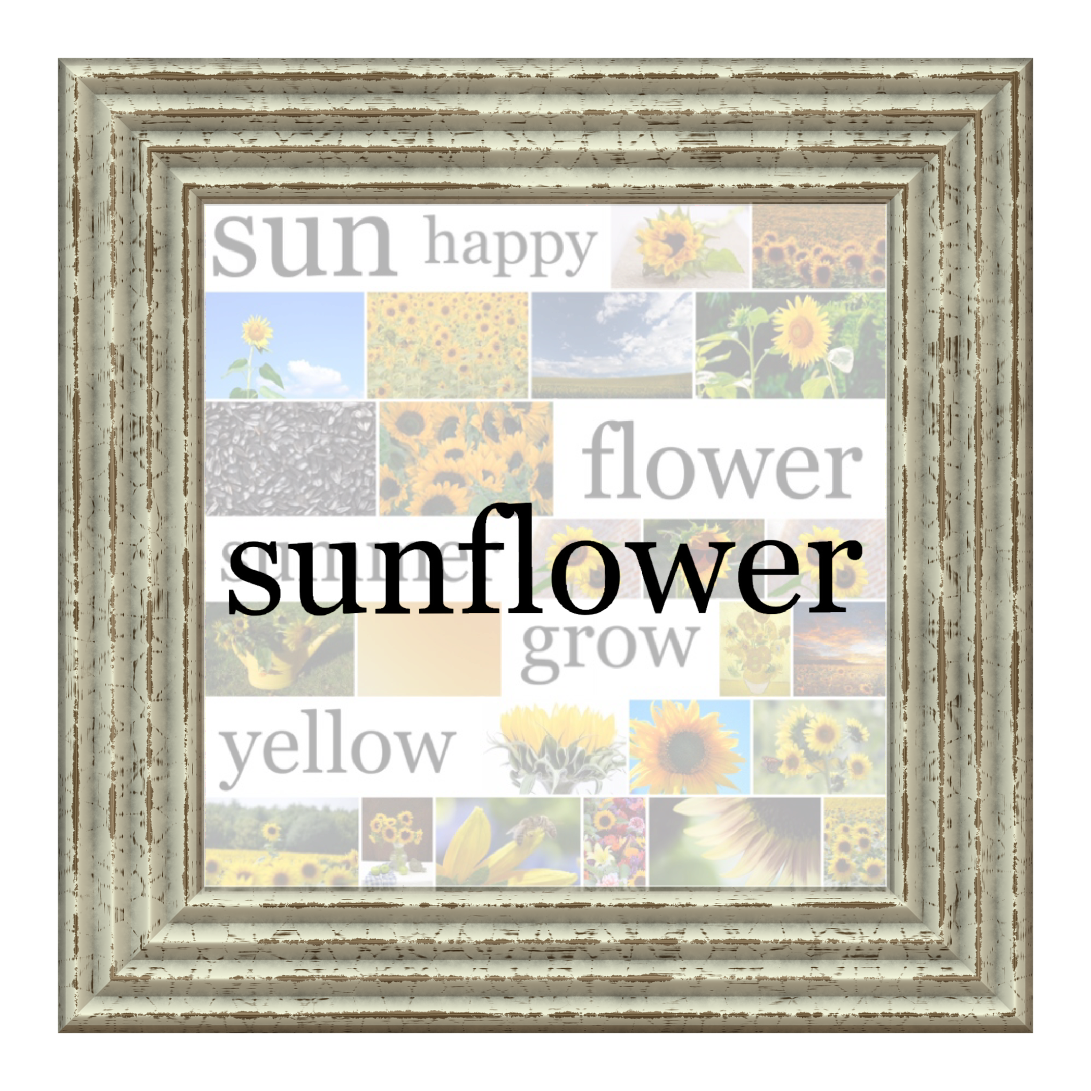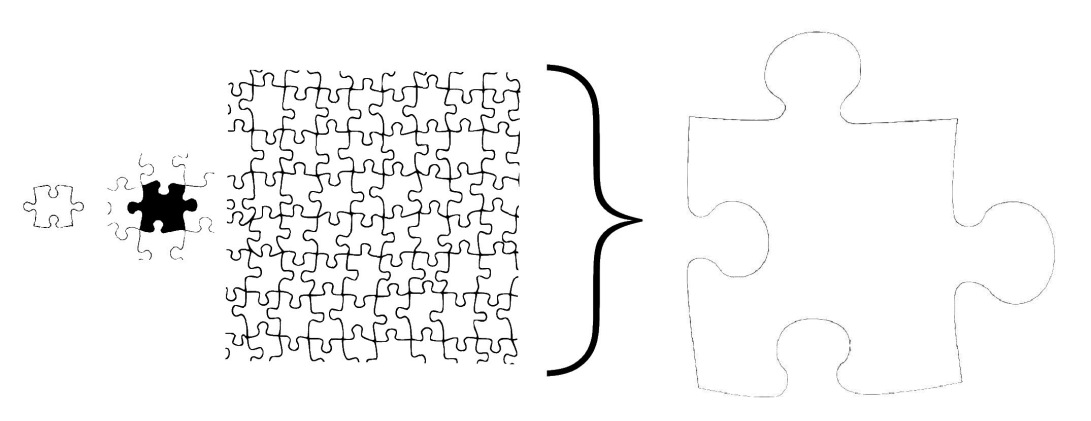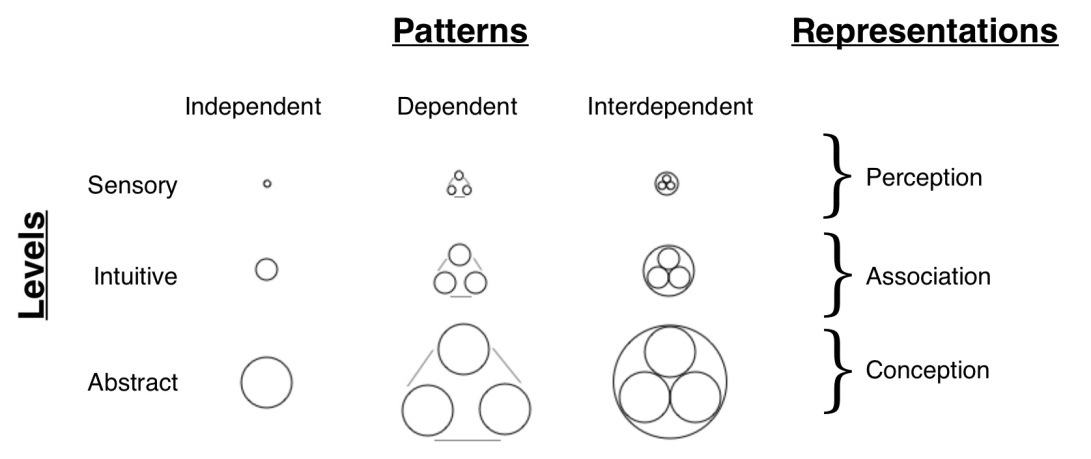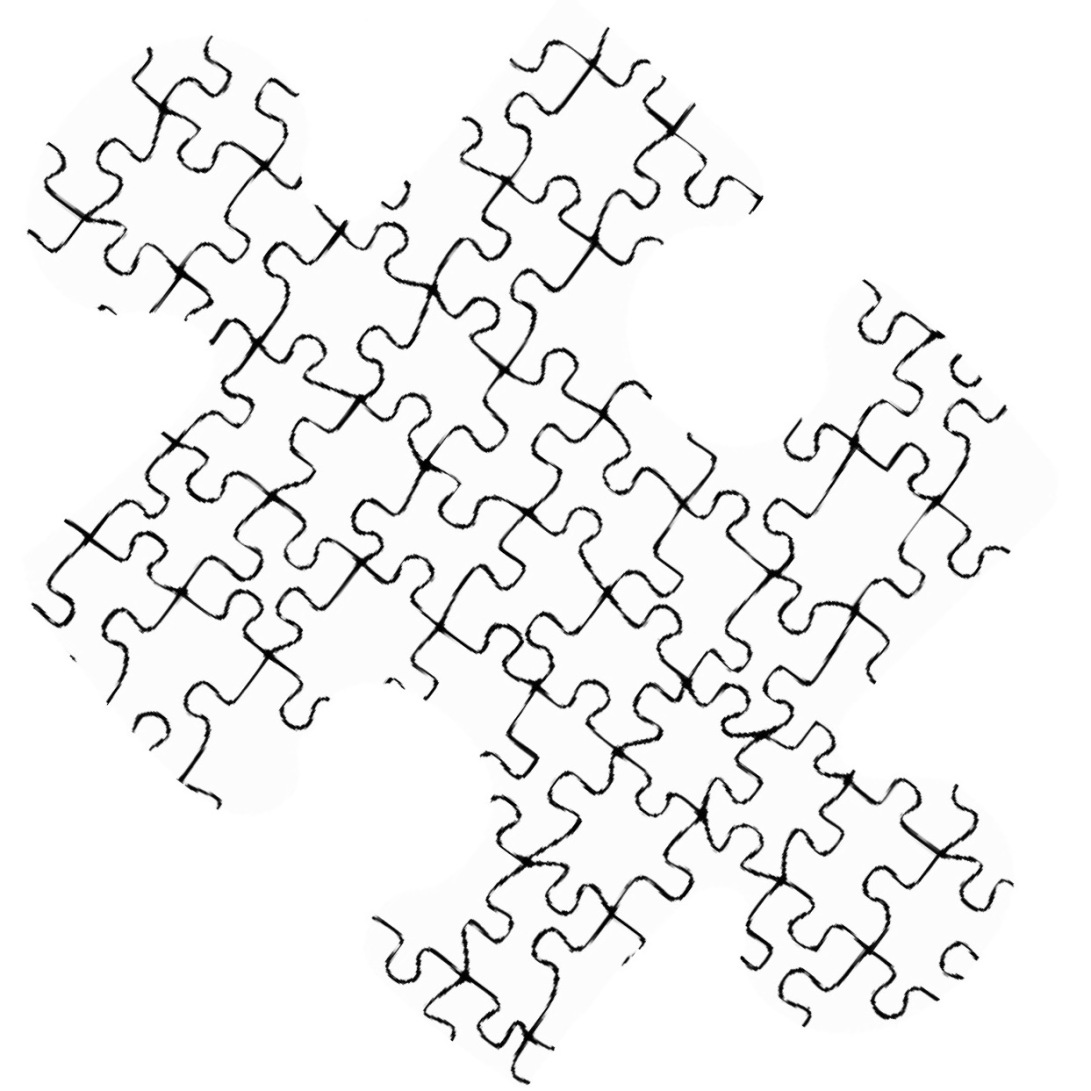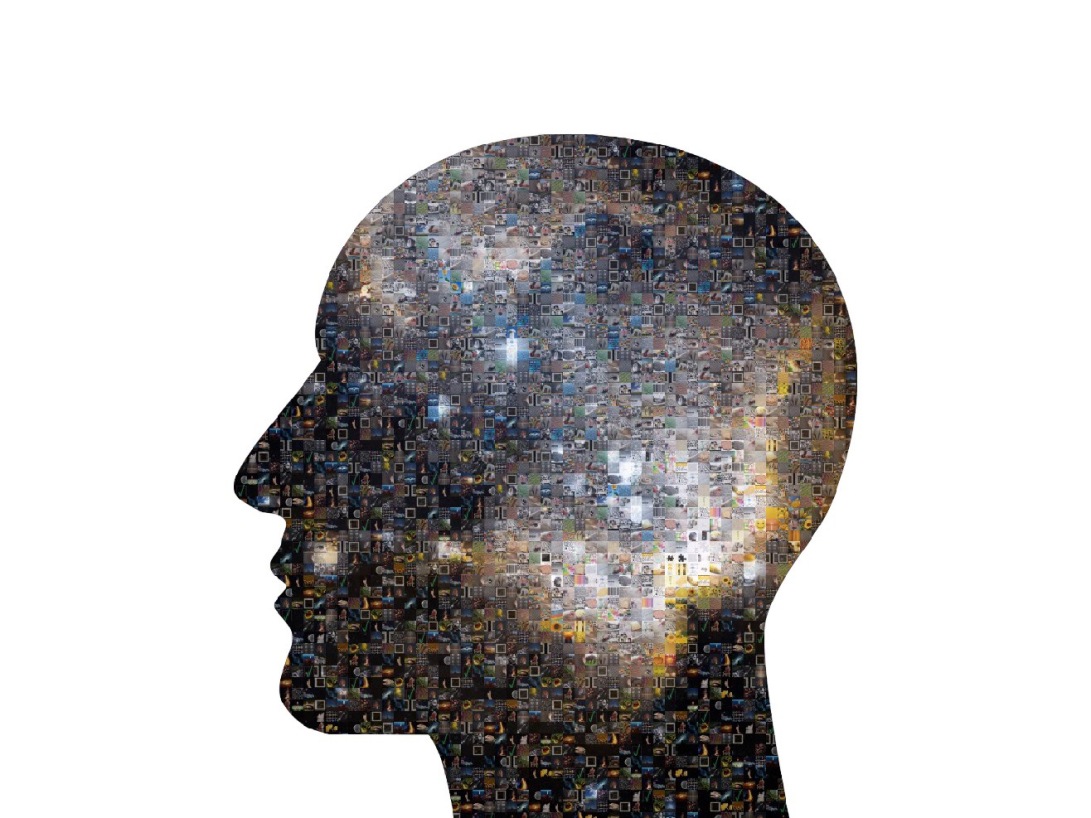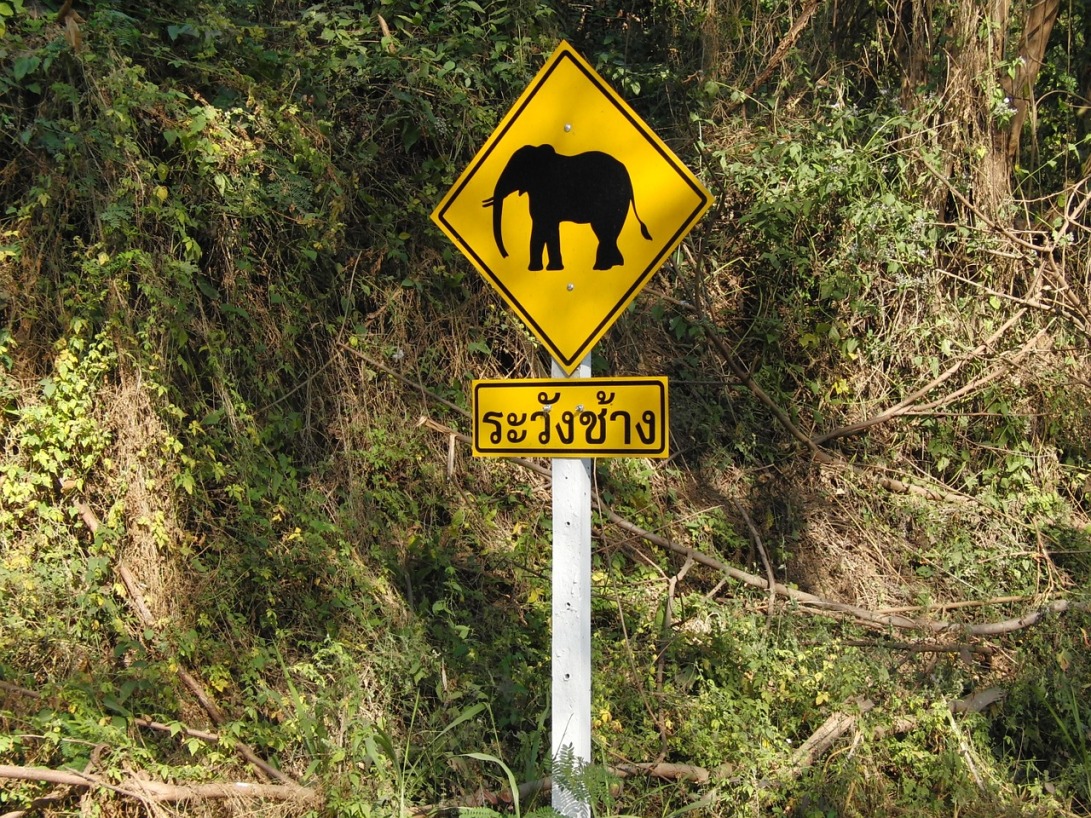Variations on a Theme
Despite their differences, models involving levels of brain organization, emotion, signs, and reference suggest consistent underlying themes for each level of cognition. As levels of an emergent system, each theme should relate to a type of interaction. Based on the identified themes, we can organize these interactions into sensory, intuitive, and abstract.
Sensory interactions: instinctive, body, iconic
- Iconic reference: unconscious substitutions based on physical resemblance between signifier and signified
- Reactive / Visceral: responses based on instinct, physical sensation
- Reptilian Complex: instinctive behavior, “lizard brain”
Intuitive interactions: habitual, memory, indexical
- Indexical reference: remembered mappings based on co-occurrence of signifier and signified
- Routine / Behavioral: responses based on habits, memory, learned behavior
- Limbic System: pro-social behavior, “mammalian brain”
Abstract interactions: reflective, thought / language, symbolic
- Symbolic reference: learned networks of substitution and mapping based on assignment of signifier to signified
- Reflective: responses based on thought, language, reasoning
- Neocortex: reflective behavior, “human brain”
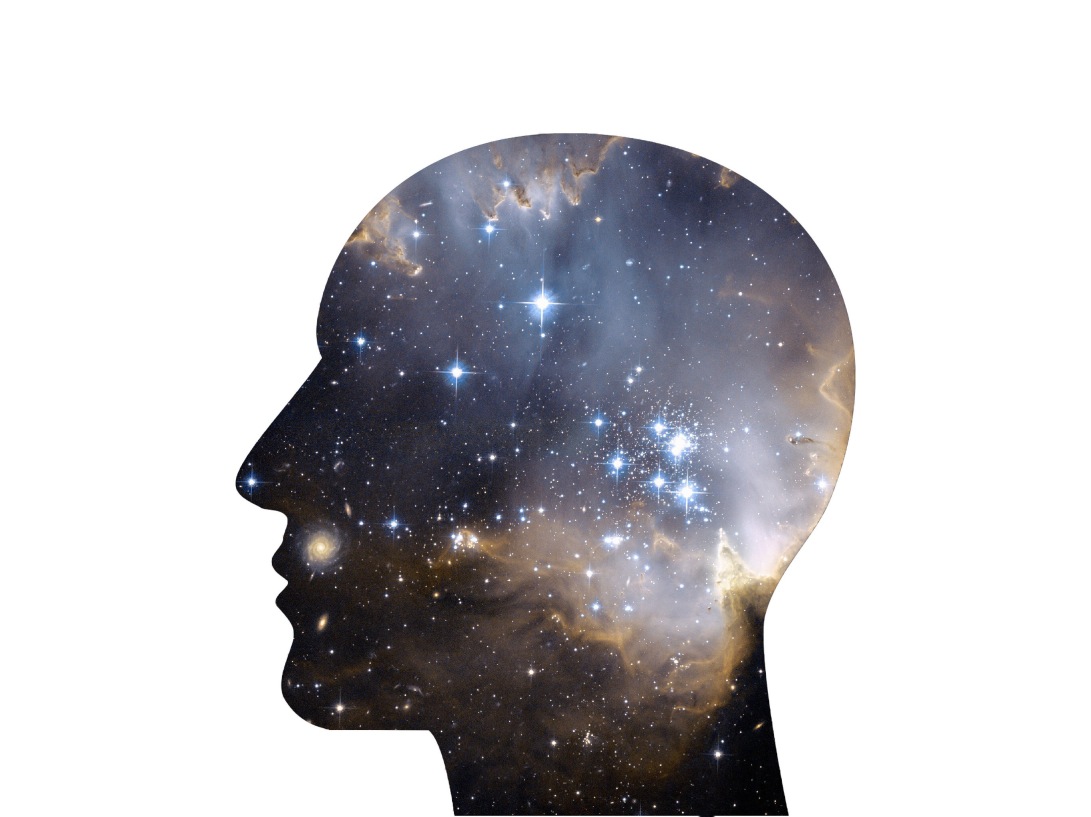















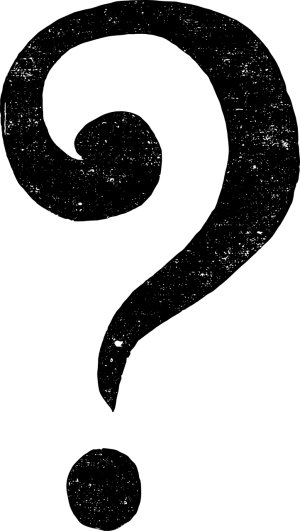

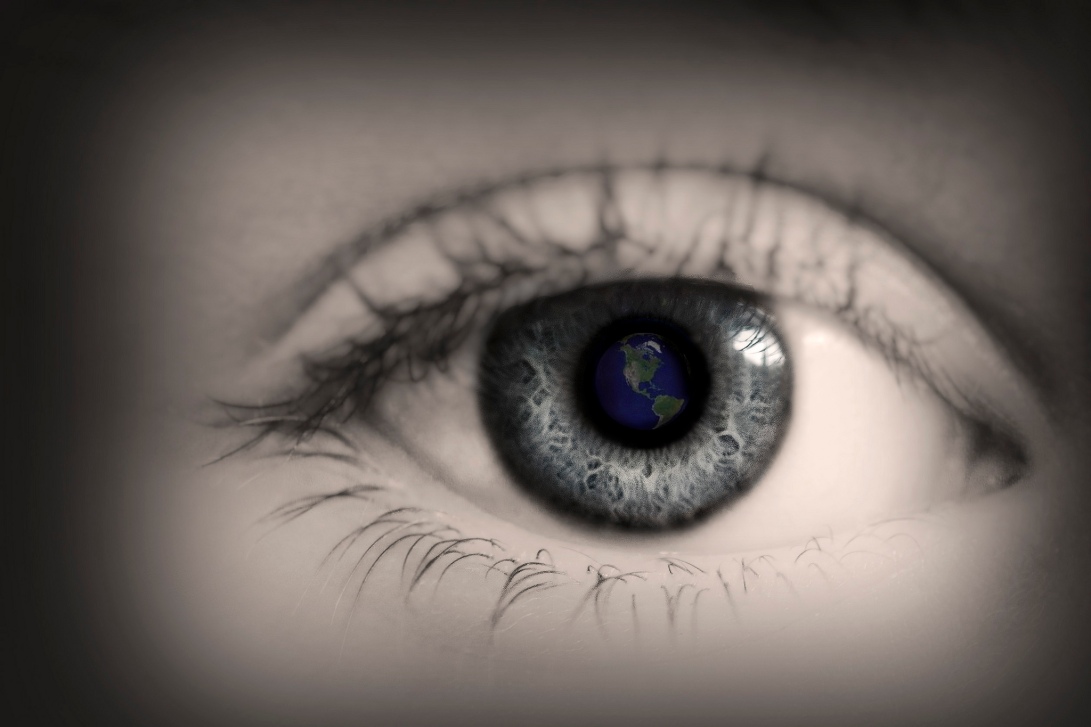







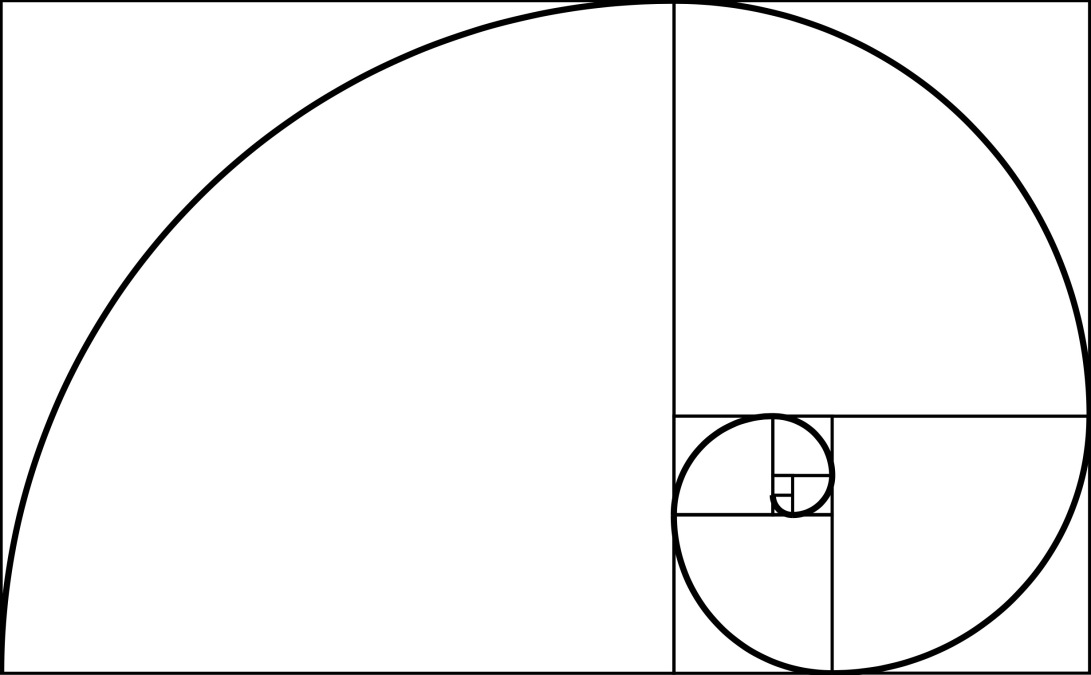


















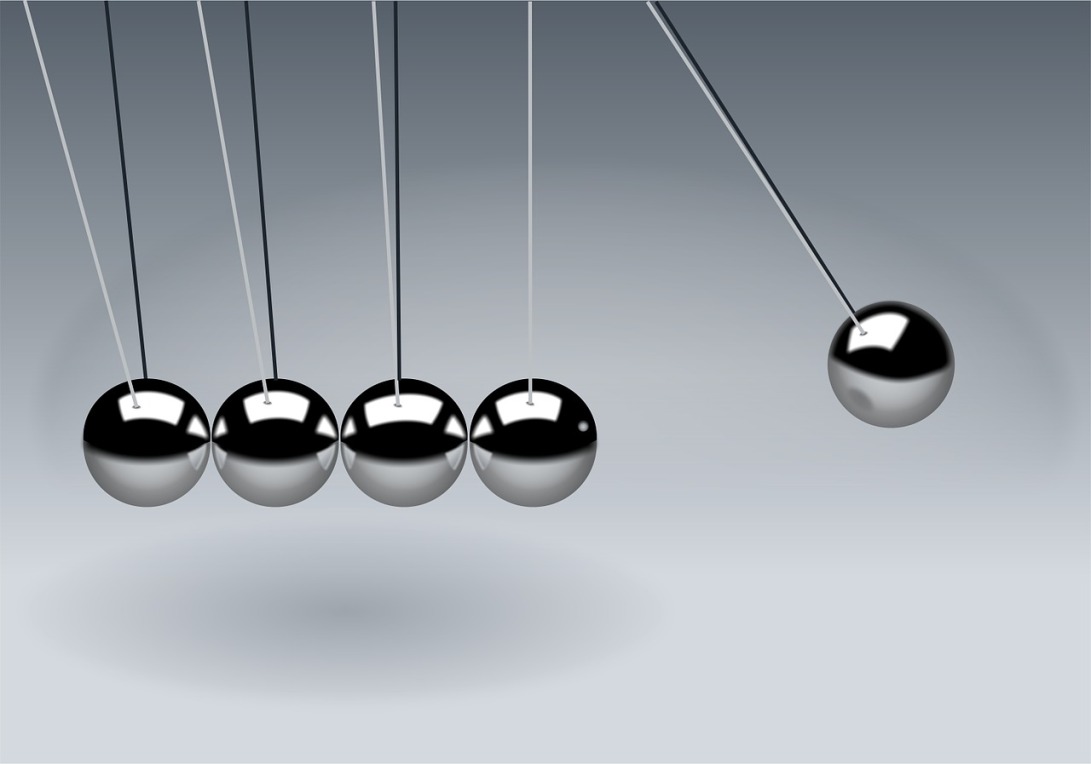

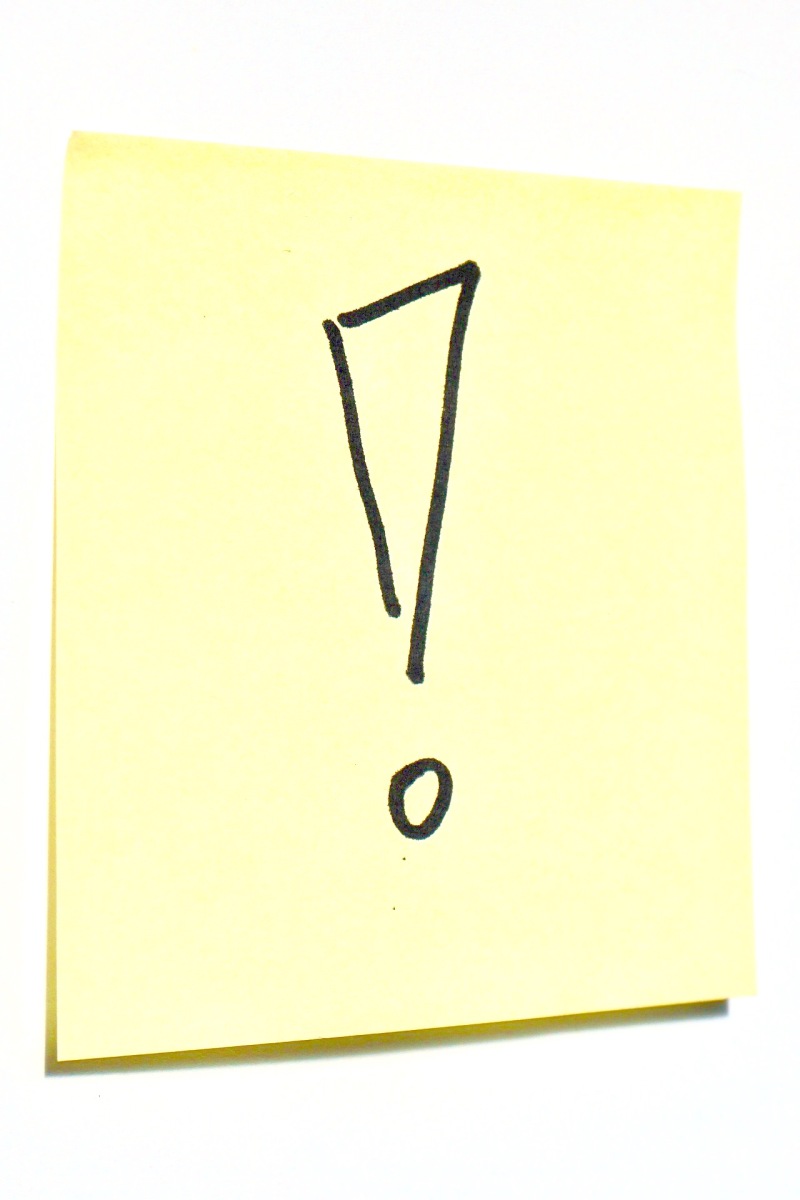 With both the traffic and music examples, it’s important to remember that the focus of emergence is on interaction. In the traffic example, the part and whole relationship isn’t cars and traffic, it’s cars-slowing-down and traffic. Similarly, in the music example, the parts aren’t the instruments, they’re the instruments-making-sounds. Even going back to our pie example, how the ingredients make a pie is not an example of emergence, but the behavior of molecules (from the ingredients) manifesting as a pie is.
With both the traffic and music examples, it’s important to remember that the focus of emergence is on interaction. In the traffic example, the part and whole relationship isn’t cars and traffic, it’s cars-slowing-down and traffic. Similarly, in the music example, the parts aren’t the instruments, they’re the instruments-making-sounds. Even going back to our pie example, how the ingredients make a pie is not an example of emergence, but the behavior of molecules (from the ingredients) manifesting as a pie is.
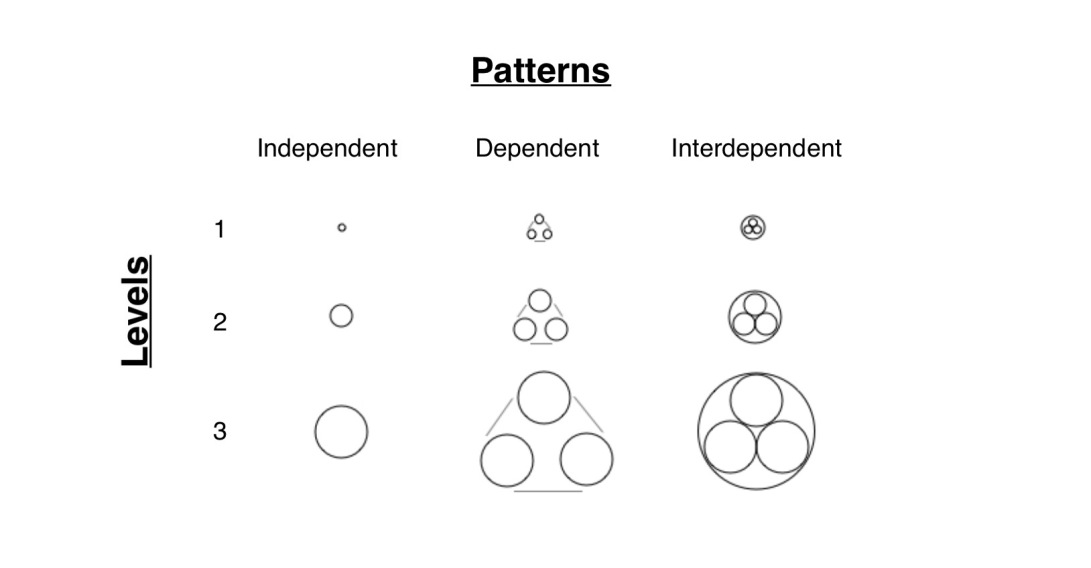
 We now have a theoretical framework for describing emergent systems. Its key features — interaction, patterns, and levels — illustrate the basics of an emergent systems perspective. They are our essential tools for outlining an emergent cognition framework.
We now have a theoretical framework for describing emergent systems. Its key features — interaction, patterns, and levels — illustrate the basics of an emergent systems perspective. They are our essential tools for outlining an emergent cognition framework.


















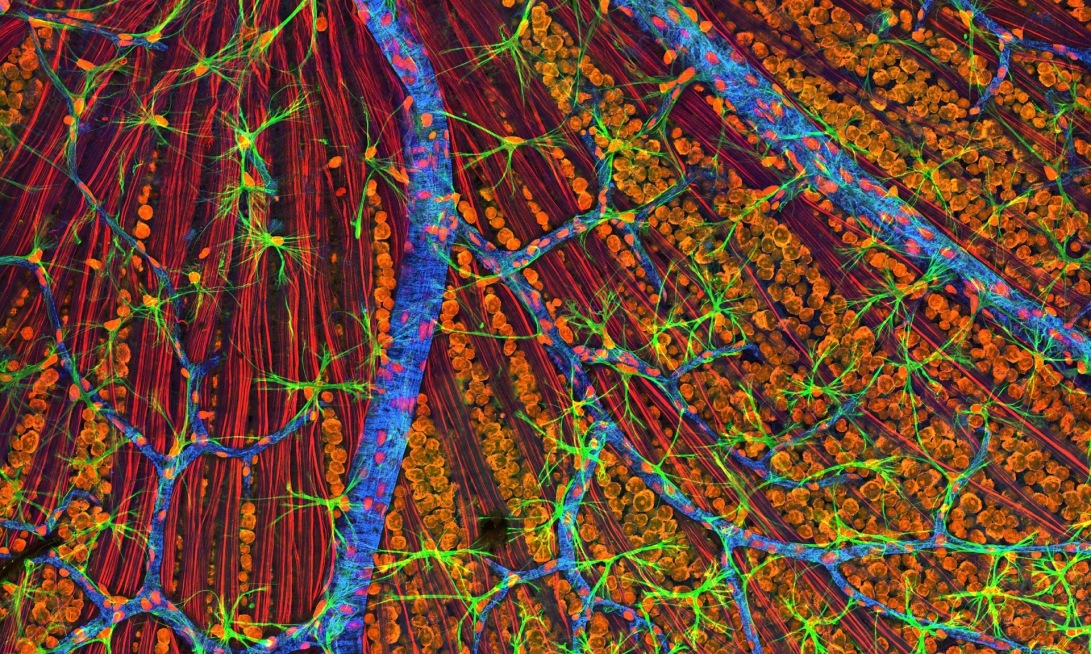


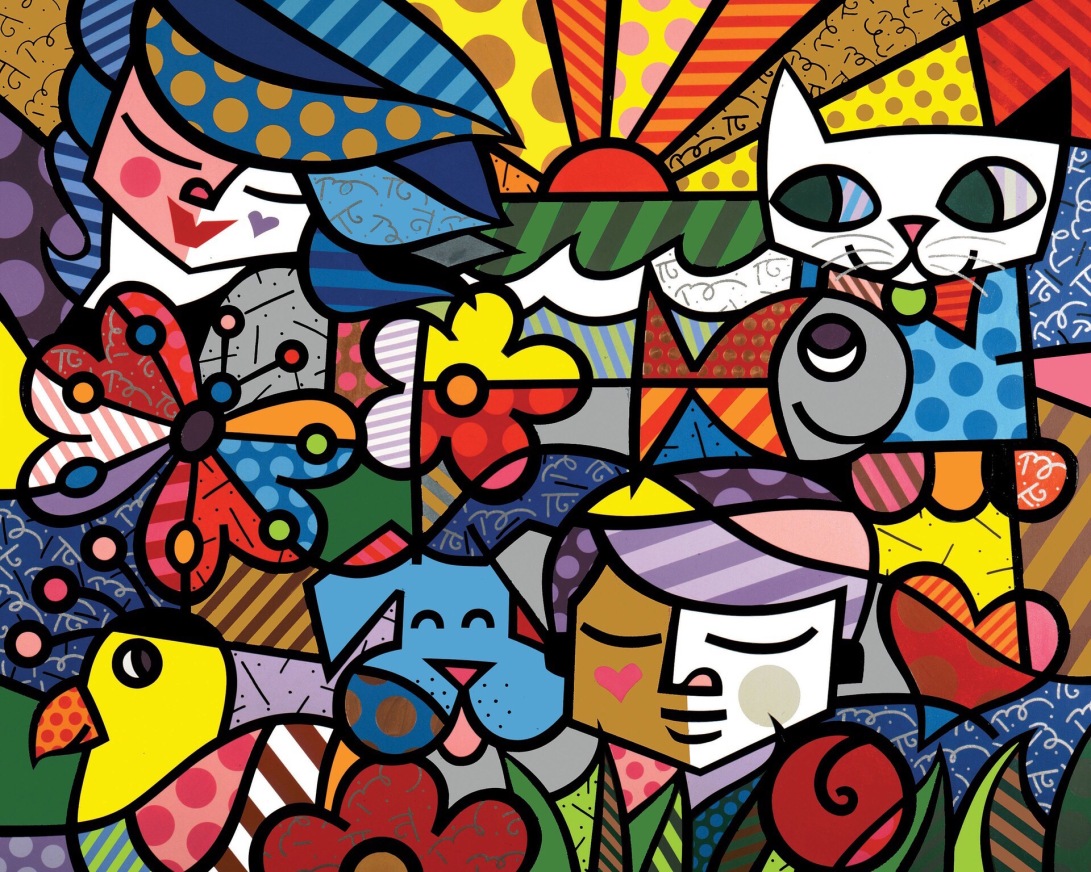





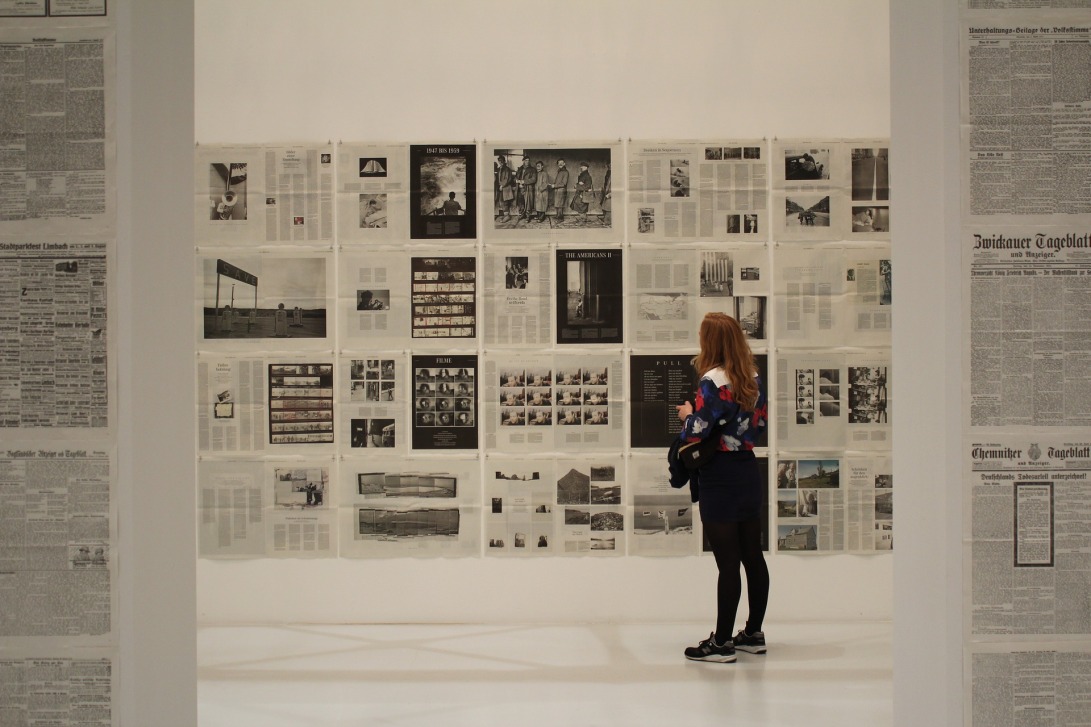









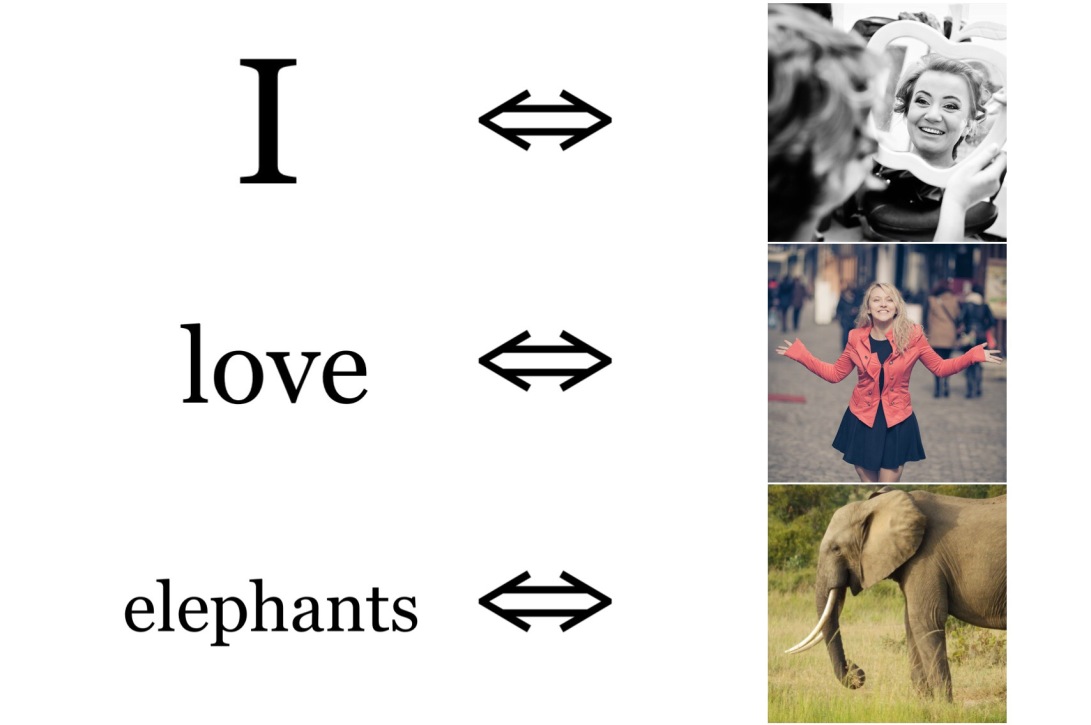




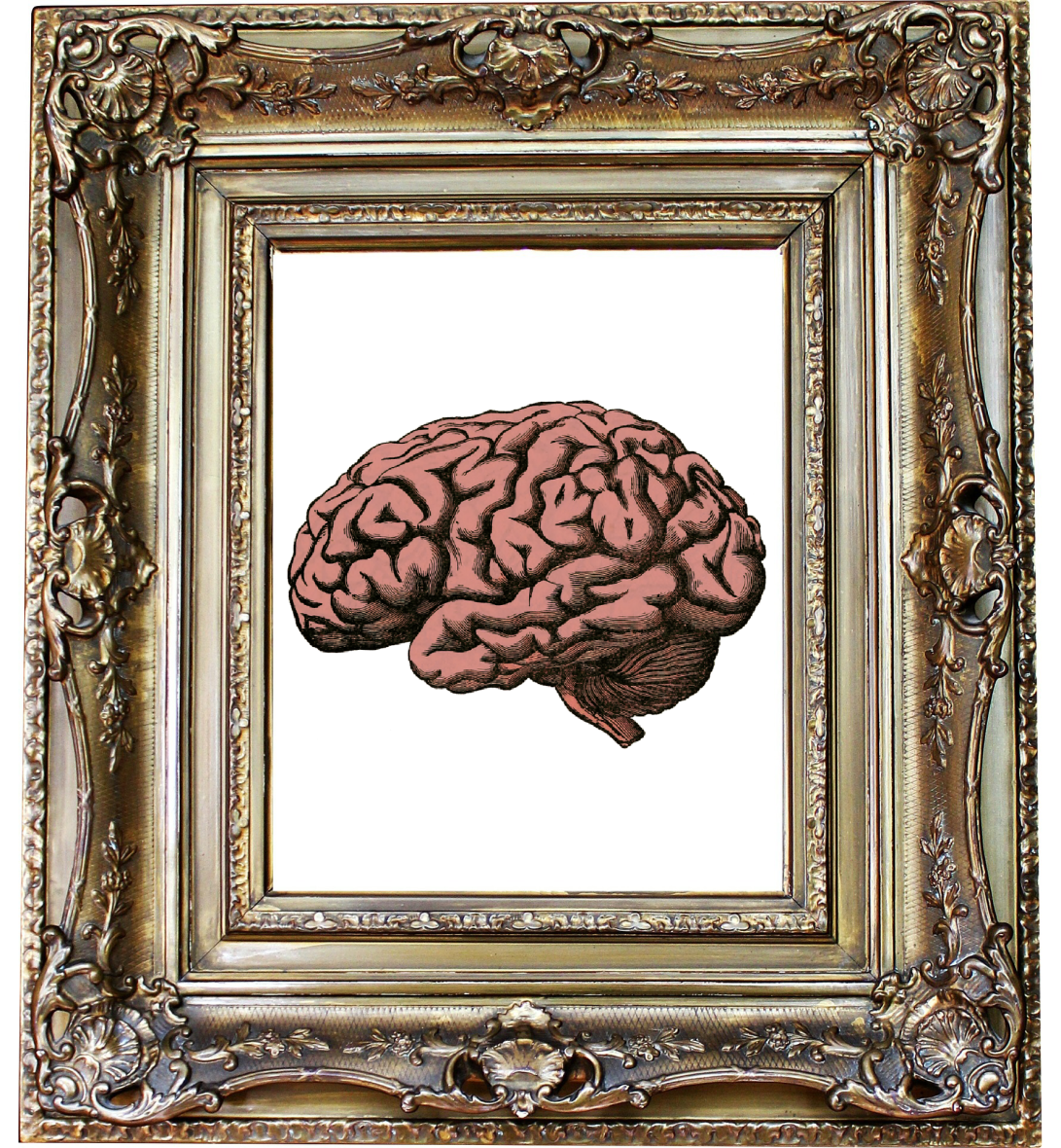

 Associations are the indexes of cognitive representation. They are derived from the interactions of perceptions. After you see, hear, smell, taste, touch, or otherwise have a perception of one thing, you then intuitively expect to have a perception of something else. Associations will have different strengths depending on your experience. If you’ve only ever perceived red apples, you may more closely associate apples with the color red than, say, a normal person who is familiar with differently colored apples and whose mind isn’t completely blown by trying to imagine that an apple could ever possibly be green.
Associations are the indexes of cognitive representation. They are derived from the interactions of perceptions. After you see, hear, smell, taste, touch, or otherwise have a perception of one thing, you then intuitively expect to have a perception of something else. Associations will have different strengths depending on your experience. If you’ve only ever perceived red apples, you may more closely associate apples with the color red than, say, a normal person who is familiar with differently colored apples and whose mind isn’t completely blown by trying to imagine that an apple could ever possibly be green.
